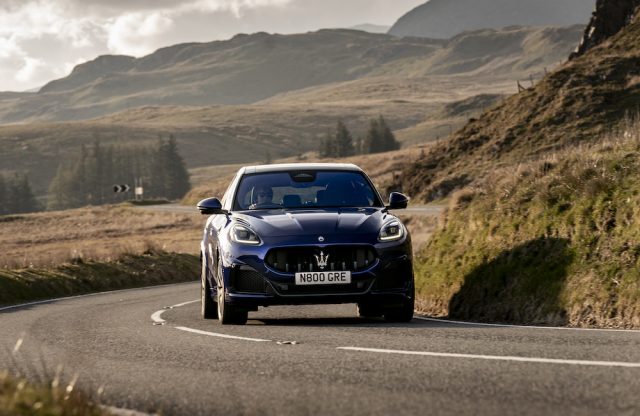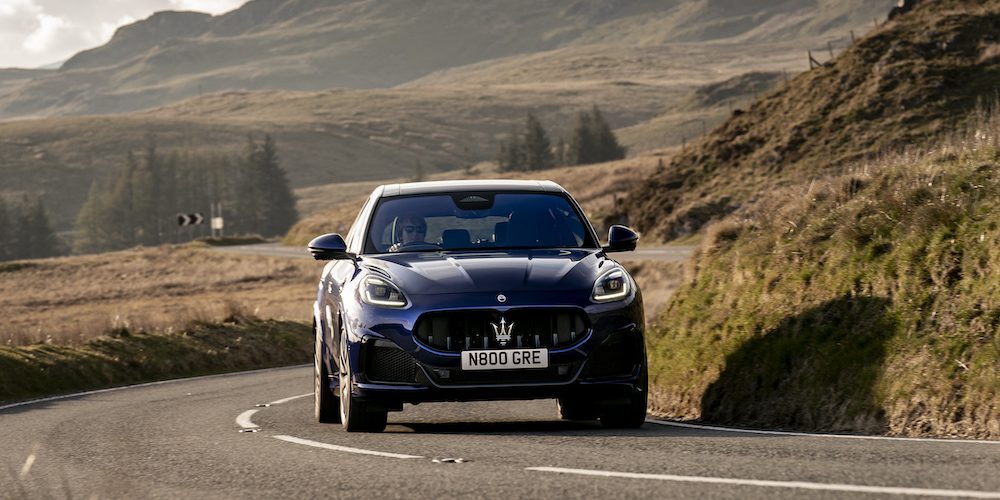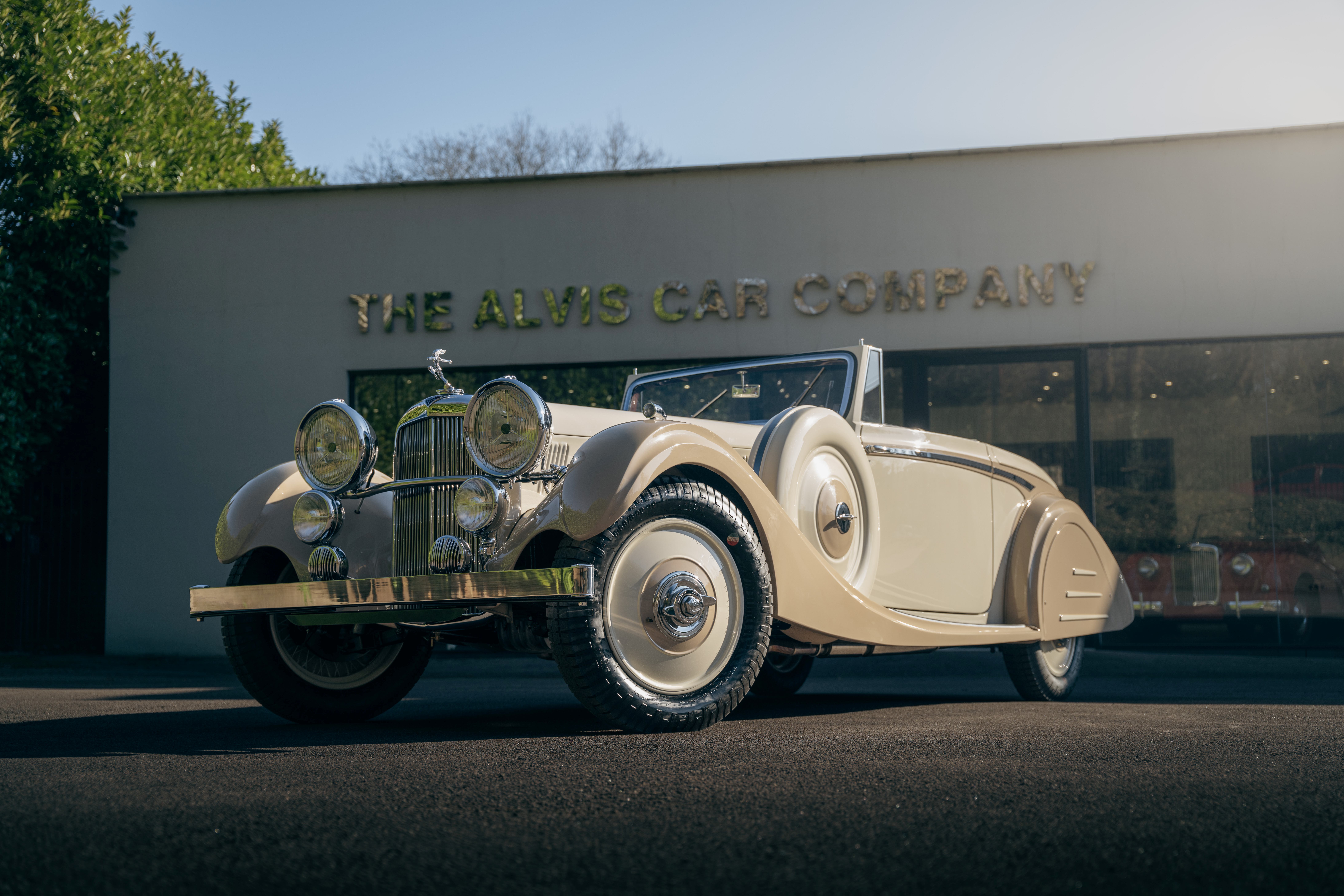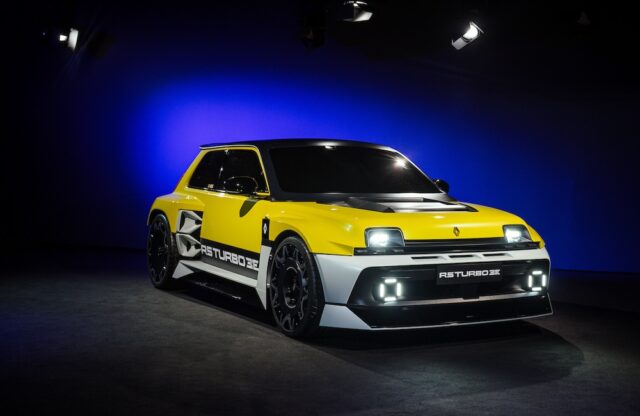WORDS: DAVID LILLYWHITE | PHOTOGRAPHY: MASERATI
Maserati seems to be on one of its upward trajectories at the moment, with profits growing under parent company Stellantis and a credible range of models that’s spearheaded by the aggressively sublime MC20 supercar. Who’d have thought a few years ago that a Maserati range could be wide enough to seem a little confusing…
And so, to join the Ghibli sports saloon, Quattroporte luxury saloon, Levante luxury SUV, GranTurismo coupé and the MC20 supercar (in both Coupé and open-top Cielo versions), comes the new Grecale, named after a wind in finest Maserati tradition. It’s aimed straight at the Porsche Macan and Range Rover Velar – oh, and the Audi Q5 Sportback, Jaguar F-Pace, Mercedes GLC Coupé and more, adds Maserati UK MD Peter Charter.

That’s quite a challenge, but the good news is that the Grecale has strong appeal from the outset – and not only because it brings a more subtly stylish approach and look to the market than some of the German offerings.
It comes in three versions: the GT, the Modena and the Trofeo. The first two are powered by a turbocharged four-cylinder mild-hybrid petrol unit, while the Trofeo has a more on-brand V6 twin turbo. The Modena, at 330bhp, boasts a 30bhp advantage over the GT, but with both producing 450Nm there’s not that much to differentiate them in terms of driving experience; the jump in base price from £58,385 to £64,625 is more about trim level. The £95,860 Trofe, meanwhile, offers 530bhp, 620Nm and another step on in luxury and performance.
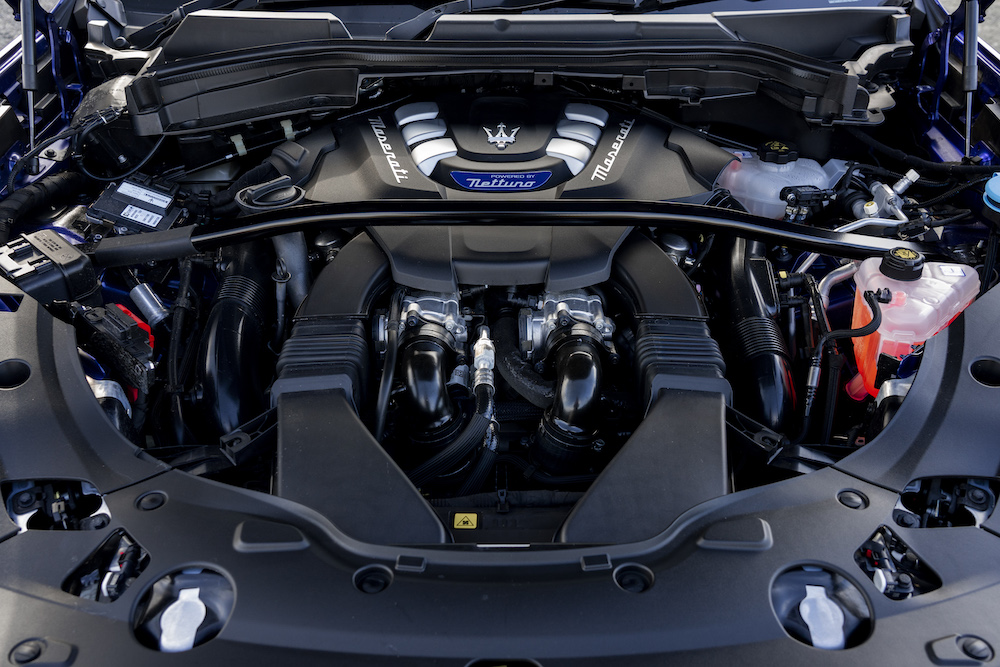
Each model is quick and surefooted, driving all four wheels through a slick eight-speed automatic with paddle shifters in case you feel the need for a bit of control – but I bet they don’t get much use. Park, Reverse and Drive/Manual are selected using buttons on the dash, freeing up the centre console. The transmissions vary a little, with choices of open and limited-slip rear differentials on the four-cylinder models, but an electronic diff for the V6.
There’s the option of air suspension on the GT and Modena, yet that comes as standard on the Trofeo. It feels like a neat but not essential addition, giving 65mm of variation in the ride height, from a 35mm drop in parking mode for easier access to a 30mm raise in off-road mode.
There’s active damping, too (an option on the GT), and the options of Off Road, Comfort, GT, Sport and (in the Trofeo only) Corsa driving modes, selectable by a dial on the steering wheel. The cliched motoring journalist default is always to go straight for Sport at the very least, but owners, once any machismo is put aside, are likely to favour Comfort – the handling doesn’t suffer but the ride is acceptable. In GT, Sport and Corsa, the Grecale can be uncomfortably jiggly on the UK’s ever-worsening roads.
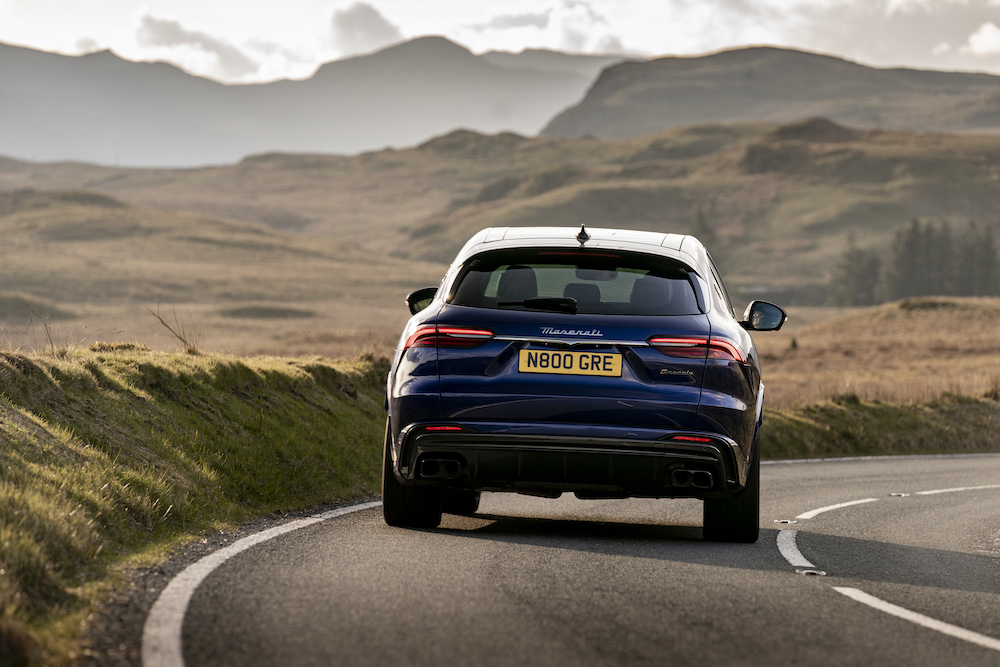
No one will be surprised to hear that these aren’t lightweight cars, with the V6 Trofeo the heaviest at 2025kg, and the Modena and GT mild hybrids not far behind at 1895kg and 1870kg. It will be that weight, and the Trofeo’s 21in and Modena’s 20in wheel options over the GT’s standard 19in offerings, that cause the so-so ride, but through fast corners none of the models seems ungainly. It’s only in the tighter turns that the weight is really felt – but these are SUVs after all.
The four-cylinder cars seem quick and sporty, their exhausts saucy enough to give a suitably Maserati-esque feel without being embarrassingly lairy. The V6, however, immediately feels more satisfying; the extra power and torque make a huge difference, although occasionally the gearbox will take just a little too long to respond to the need for heavy acceleration. It feels seriously quick, though.

Of course, all this has become the norm in the strange world of sports and luxury SUVs, and, in comparisons with German competitors, there’s so often a ‘yes, but…’ comment to be made. Here, there are a couple of detail niggles, but fewer than you might expect. The cabin is excellent, swathed in leather and beautifully stitched, and the seats were immediately comfortable without having to mess around for too long with the settings.
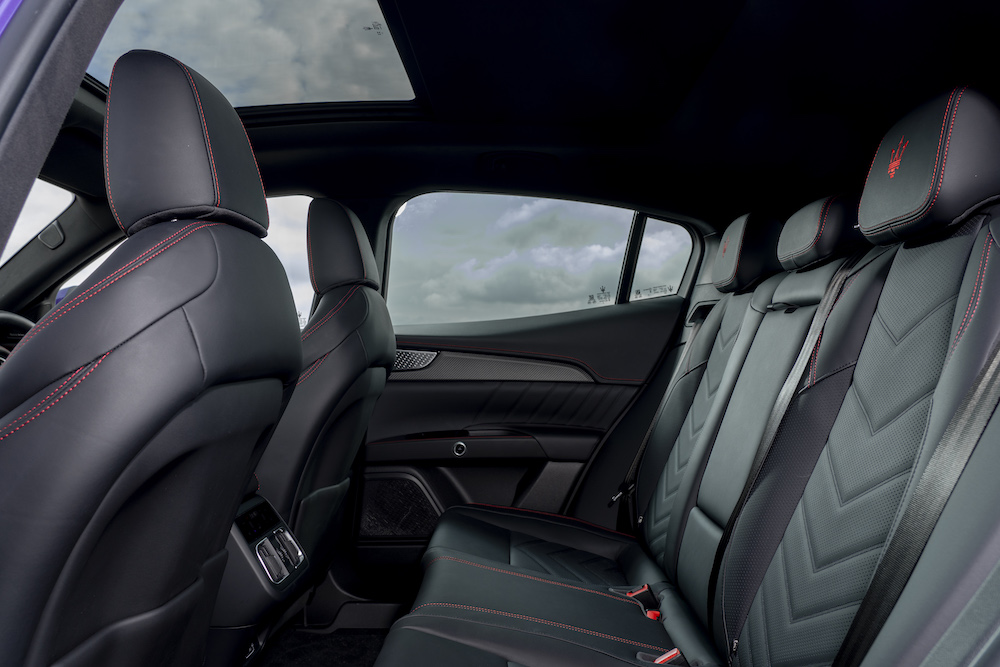
There are three screens, including the instrument panel, and they all work well. Inevitably, though, too many of the controls are via the touch-sensitive lower screen in the centre of the dash. At best, touch-sensitive screens can be an annoyance, but when they’re set in a wide car that suffers an uneven ride, there are always going to be frustrations. Just a few more conventional switches would be so much more enjoyable. Oh, and the indicator warning makes a weirdly hollow, cheap-sounding noise that I suspect no one else in the world will care about, but we all have our foibles… don’t we?

At the other end of the audio scale is the Sonus Faber sound system that’s fitted as standard to all Grecales, with the option of a 21-speaker upgrade. It was engineered in from the first stages of design, with a hidden subwoofer that manages not to encroach on interior space. The set-up, via that touch-sensitive screen, is refreshingly simply, and the sound is extraordinary, particularly in 3D surround mode. Turn it up – you won’t regret it!
Before I drove any of the Grecale versions, I spent a happy hour behind the wheel of the MC20 supercar, which reminded me just how much affection I have for the Maserati brand. We all know there have been bad times, and that even the good times have often been based on shaky foundations. But at its best, a Maserati exudes a subtlety of style and charisma. With the Grecale, the company has managed to give just enough of that to add a little charm to a sector that I generally find disappointingly charmless. And that’s quite an achievement.
